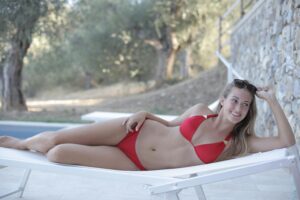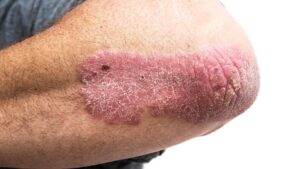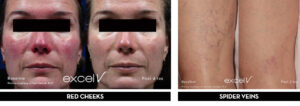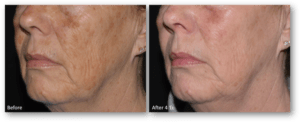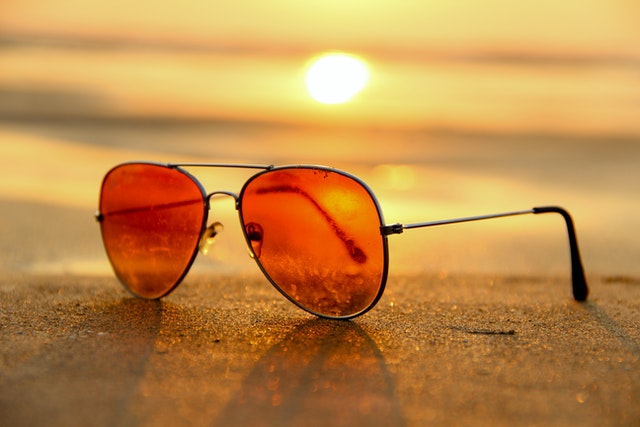
San Antonio Summer Suncare
It’s already blazing in San Antonio (and Boerne!), and the forecast is calling for many more hot days to come. It’s critical to make sure that your skin is protected, especially if you’re outside for long periods of time. But what kinds of sunscreens are out there? And which one is right for you?
Broad-spectrum sunscreens
There are two types of ultraviolet (UV) rays emitted by the sun — UVA and UVB. UVA rays cause premature skin aging, including wrinkling and age spots. UVB rays cause sunburn. Both are potential risks for skin cancer. For all-around protection, look for a broad-spectrum sunscreen that protects you from both types of rays.
The difference between chemical and mineral sunscreens
Chemical sunscreens contain man-made ingredients, such as oxybenzone and avobenzone, while mineral sunscreens use natural ingredients such as zinc oxide and titanium dioxide. When chemical sunscreens are absorbed into the skin, a resulting chemical reaction dissipates the sun’s rays.
Mineral sunscreens stay on top of the skin to deflect UV rays. Chemical sunscreens can appear invisible, while mineral sunscreens give your skin that white, slathered-on appearance because they remain on the surface. The American Academy of Dermatology recommends wearing SPF 30 daily.
What does SPF stand for?
SPF stands for “sun protection factor.” This is a measurement of how effectively a sunscreen will protect you from UVB rays. Use a sunscreen with a rating of SPF 30 or higher, because SPF 30 will provide 97 percent protection.
In studies one ounce is used for full body application, which is equivalent to a shot glass of sunscreen so a small squirt of SPF 30 for the whole body is not really SPF 30.
What does UPF stand for?
Similar to the SPF rating, UPF (ultraviolet protection factor) is a rating used for photoprotective clothing and hats. A UPF rating of 25 means that the clothing allows 1/25 (four percent) of UV rays to penetrate the fabric, 50 (1/50) lets in two percent, and so on.
Is sunscreen safe for babies?
The FDA recommends that you NOT use sunscreen on babies younger than six months. This is because their skin is still immature and prone to irritation. It’s best to keep them covered up and shaded. For children older than six months, mineral sunscreen is recommended for the same reason.
What is nicotinamide?
Also known as niacinamide, this is a supplement that has the potential to protect against certain types of skin cancers. Further studies are needed, but preliminary evidence suggests that it may prevent lesions in people with sun-damaged skin. It also may offer some UV ray protection, but the use of sunscreen is still encouraged.
What is Heliocare?
Heliocare comes from the Polypodium leucotomos fern, native to Central and South America. This fern has developed its own protection against free radicals in the environment. Available as a nutritional antioxidant supplement, it is taken once daily. It is not intended to be a replacement for sunscreen, but an added defense against the sun’s rays.
Dr. DeSilva’s Advice
Dr. DeSilva says, “If you must spend a lot of time outside, avoid the hours when the sun is at its hottest. Stay well hydrated and seek out shade when possible.” If you already exhibit signs of sun damage, DeSilva Dermatology can help minimize the appearance of fine lines, wrinkles and blotches.
Contact our office for options for skin care, sun protection, procedures such as Botox and fillers and/or lasers for rejuvenation such as our CoolPeel or Secret RF devices.

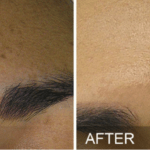 Previous Post
Previous Post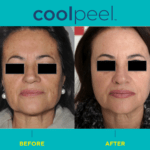 Next Post
Next Post